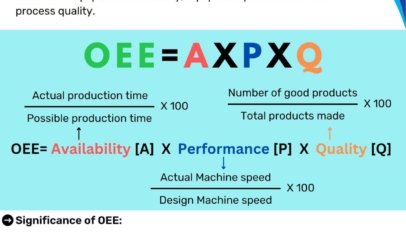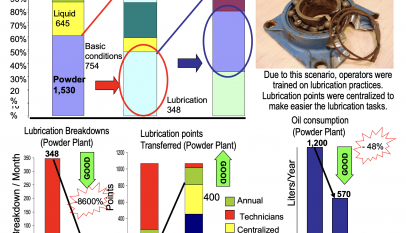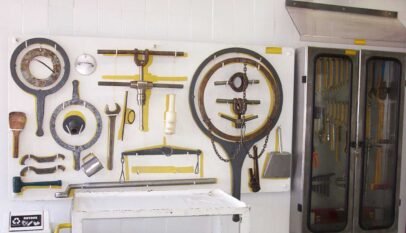Effective lubrication management is crucial for the smooth operation of manufacturing equipment. It not only extends the life of the equipment but also improves efficiency and productivity. Visual management techniques are the best ways to ensure proper lubrication.
Visual management uses visual cues, such as charts, graphs, and colour-coded labels, to quickly and easily convey information.
One of the key components of visual management is lubrication schedules. These schedules provide a clear and easy-to-read overview of when equipment is due for lubrication and can help prevent missed or delayed lubrication. The schedules can be displayed in a prominent location near the equipment or in a central control room for easy reference.
Another important aspect of visual management is the use of colour-coded labels. These labels can be used to indicate the lubrication status of equipment, such as green for “good,” yellow for “needs attention,” and red for “critical.” This allows maintenance personnel to identify which equipment needs attention and prioritize their work quickly.
Lubrication standards are drawn up by checking current lubrication practices and the equipment’s lubrication state.
Approximately 40% of machine components are subject to rubbing and friction of some kind, and correct application of the right lubricants to these parts serves, among other things, to reduce friction and hence eliminate forced deterioration as well as provide a cooling effect.
There are two potential problems with lubrication – too much or too little.
Under lubrication will increase friction and cause forced deterioration. Over-lubrication can damage seals, contaminate other components or create undue stress and wear on parts.
To avoid the issue, visual management can help to recognize what type of lubricant needs to be used and how often it needs to be applied.
A colour-coded lubrication chart with colour codes around the corresponding machine lubrication points makes for easier lubrication interval and choice.
Another powerful tool of visual management is lubrication charts and graphs. These can be used to track the lubrication status of equipment over time and identify any trends or patterns. For example, a graph showing the oil level in a gearbox can reveal if the oil is being consumed at an abnormal rate, indicating a potential problem.
By implementing visual management techniques, manufacturing companies can ensure proper lubrication of their equipment, which can extend the equipment’s life, improve efficiency and productivity, and prevent costly breakdowns. It is an easy way to keep track of the lubrication of your equipment and prevent potential problems.


















